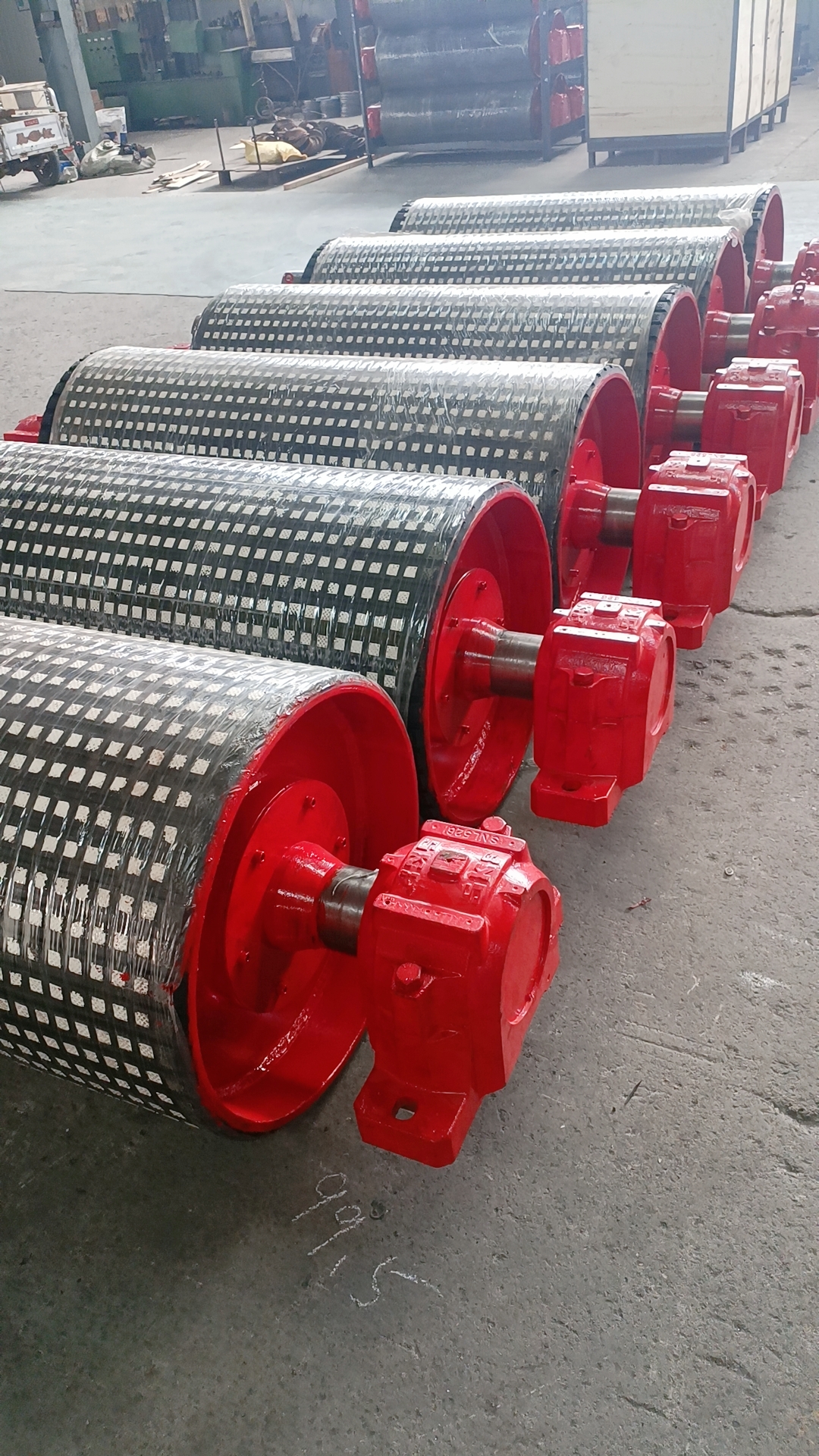 Afrikaans
Afrikaans  Albanian
Albanian  Amharic
Amharic  Arabic
Arabic  Armenian
Armenian  Azerbaijani
Azerbaijani  Basque
Basque  Belarusian
Belarusian  Bengali
Bengali  Bosnian
Bosnian  Bulgarian
Bulgarian  Catalan
Catalan  Cebuano
Cebuano  Corsican
Corsican  Croatian
Croatian  Czech
Czech  Danish
Danish  Dutch
Dutch  English
English  Esperanto
Esperanto  Estonian
Estonian  Finnish
Finnish  French
French  Frisian
Frisian  Galician
Galician  Georgian
Georgian  German
German  Greek
Greek  Gujarati
Gujarati  Haitian Creole
Haitian Creole  hausa
hausa  hawaiian
hawaiian  Hebrew
Hebrew  Hindi
Hindi  Miao
Miao  Hungarian
Hungarian  Icelandic
Icelandic  igbo
igbo  Indonesian
Indonesian  irish
irish  Italian
Italian  Japanese
Japanese  Javanese
Javanese  Kannada
Kannada  kazakh
kazakh  Khmer
Khmer  Rwandese
Rwandese  Korean
Korean  Kurdish
Kurdish  Kyrgyz
Kyrgyz  Lao
Lao  Latin
Latin  Latvian
Latvian  Lithuanian
Lithuanian  Luxembourgish
Luxembourgish  Macedonian
Macedonian  Malgashi
Malgashi  Malay
Malay  Malayalam
Malayalam  Maltese
Maltese  Maori
Maori  Marathi
Marathi  Mongolian
Mongolian  Myanmar
Myanmar  Nepali
Nepali  Norwegian
Norwegian  Norwegian
Norwegian  Occitan
Occitan  Pashto
Pashto  Persian
Persian  Polish
Polish  Portuguese
Portuguese  Punjabi
Punjabi  Romanian
Romanian  Russian
Russian  Samoan
Samoan  Scottish Gaelic
Scottish Gaelic  Serbian
Serbian  Sesotho
Sesotho  Shona
Shona  Sindhi
Sindhi  Sinhala
Sinhala  Slovak
Slovak  Slovenian
Slovenian  Somali
Somali  Spanish
Spanish  Sundanese
Sundanese  Swahili
Swahili  Swedish
Swedish  Tagalog
Tagalog  Tajik
Tajik  Tamil
Tamil  Tatar
Tatar  Telugu
Telugu  Thai
Thai  Turkish
Turkish  Turkmen
Turkmen  Ukrainian
Ukrainian  Urdu
Urdu  Uighur
Uighur  Uzbek
Uzbek  Vietnamese
Vietnamese  Welsh
Welsh  Bantu
Bantu  Yiddish
Yiddish  Yoruba
Yoruba  Zulu
Zulu self aligning carrying idler
Understanding Self-Aligning Carrying Idlers
In the realm of material handling and conveyor systems, self-aligning carrying idlers play a critical role in ensuring operational efficiency and equipment longevity. This article delves into the significance, functionality, and advantages of self-aligning carrying idlers, which are fundamental components in the smooth operation of belt conveyors.
What are Self-Aligning Carrying Idlers?
Self-aligning carrying idlers are specialized rollers used in conveyor systems to support the weight of the conveyor belt and the materials it carries. Unlike standard idlers, self-aligning versions are designed with an innovative pivoting or tilting mechanism. This design allows them to automatically align with the direction of the conveyor belt, which helps minimize belt misalignment and lateral movement.
Functionality of Self-Aligning Carrying Idlers
The primary function of self-aligning carrying idlers is to stabilize the conveyor belt during operation. When the conveyor is loaded, the belt can experience various forces that may lead to misalignment. Factors such as material load distribution, environmental conditions, and belt wear can alter the belt’s trajectory, which may result in an uncentered position.
Self-aligning carrying idlers counteract these effects by allowing each idler to pivot in response to the belt's movement. This angle adjustment ensures that the idlers keep the belt centered on the track, reducing unnecessary friction and wear. Additionally, self-aligning idlers can accommodate deviations in the belt’s path, allowing for smoother transitions and better handling of heavy loads.
Advantages of Self-Aligning Carrying Idlers
self aligning carrying idler

1. Enhanced Belt Life By keeping the conveyor belt properly aligned, self-aligning carrying idlers reduce rubbing against guides, pulleys, or other components. This alignment significantly lowers the wear and tear on the belt, prolonging its lifespan.
2. Reduced Downtime Automatic realignment minimizes the chances of belt derailment and the resultant downtime for repairs. This improved reliability translates into a more efficient production process, as less time is spent on maintenance.
3. Increased Load Stability The pivot mechanism of self-aligning idlers improves load stability, even on uneven terrain or in dynamic operational conditions. This stability is crucial for maintaining a consistent material flow and preventing spillage.
4. Cost-Effectiveness While the initial investment in self-aligning idlers may be higher than traditional rollers, the long-term savings from reduced maintenance, extended equipment life, and minimized downtime make them a cost-effective choice for many businesses.
5. Versatility Self-aligning carrying idlers can be used in various applications, from heavy industries like mining and bulk material handling to lighter applications such as packaging and assembly lines. Their adaptability makes them a valuable asset in diverse settings.
Conclusion
In summary, self-aligning carrying idlers are a vital component in conveyor systems, offering significant benefits in terms of efficiency, longevity, and operational stability. Their ability to maintain belt alignment under varying conditions not only enhances the performance of material handling systems but also provides a cost-effective solution for businesses aiming to optimize their operations. Investing in high-quality self-aligning carrying idlers can lead to improved productivity and a reduction in maintenance costs, making them an essential choice for industries reliant on conveyor technology.
-
Revolutionizing Conveyor Reliability with Advanced Rubber Lagging PulleysNewsJul.22,2025
-
Powering Precision and Durability with Expert Manufacturers of Conveyor ComponentsNewsJul.22,2025
-
Optimizing Conveyor Systems with Advanced Conveyor AccessoriesNewsJul.22,2025
-
Maximize Conveyor Efficiency with Quality Conveyor Idler PulleysNewsJul.22,2025
-
Future-Proof Your Conveyor System with High-Performance Polyurethane RollerNewsJul.22,2025
-
Driving Efficiency Forward with Quality Idlers and RollersNewsJul.22,2025





























